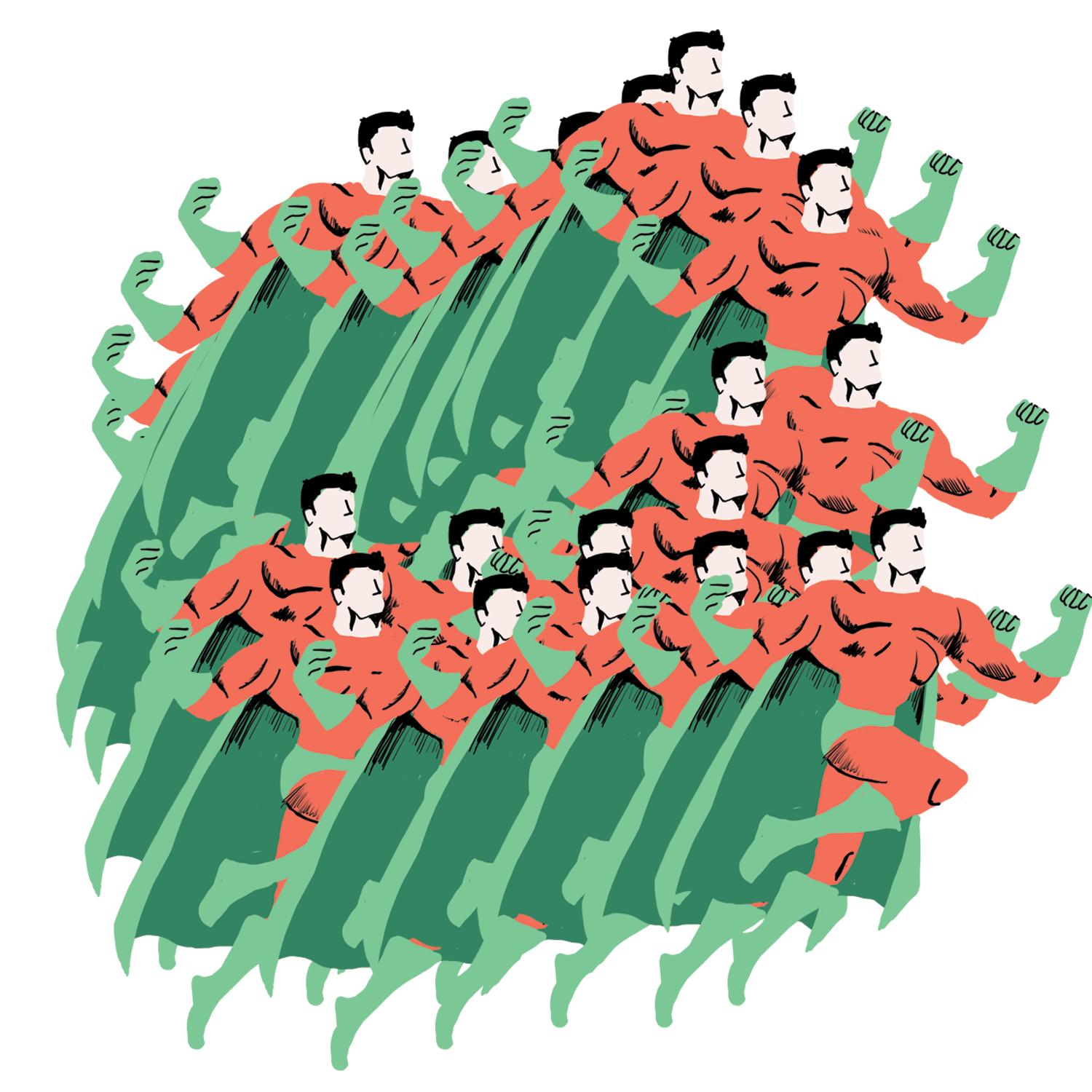Wolverine is back from the dead—again.
This isn’t anything new, though. What I’m referring to are the constant relaunches and reboots at DC and Marvel Comics. It has become commonplace for both companies to reset their characters’ narratives in hopes of attracting new readers every few years. However, this freshness tends to have a quick expiration date, since every time they relaunch a title and mess with the story, it lessens the value of the character and the comic itself.
Historians point to the beginning of this relaunch addiction with DC’s Crisis on Infinite Earths by George Perez and Marv Wolfman, a 12-issue maxi-series that would subsequently “correct” some creative mistakes made in the DC Universe. For example, the character Jason Todd, the secret identity of Robin at the time, happened to have the same origin as the first. While this series did indeed fix things and is still regarded as a classic storyline to this day, it also began a trend which has gotten grossly out of hand.
The first major relaunch that received mainstream coverage was the “New 52” campaign back in 2011, when DC reset the history of their entire universe and characters. Eventually, DC’s main characters’ stories became so convoluted due to constant inconsistencies in the books. They were selective with which characters got to keep their entire history, like most of the Justice League characters, for example. Characters like the Teen Titans oddly enough did not, which led to it selling poorly.
Convergence was another relatively recent and wholly confusing event initiated to “bring back the DC Universe,” but in reality they just added things to an already rebooted universe. DC even created a guide for the insane amount of tie-ins they had for the event.
As of 2018, DC’s “Rebirth” relaunch has been one of their biggest financial successes. Why was that? One reason could be because their new line of titles were priced at $2.99 instead of the current industry standard of $3.99, and main titles like Batman and Superman went from monthly to bi-weekly releases. Additionally, many elements from prior relaunches were erased.
Marvel has been even worse with their excessive content-wide narrative reboots. They have had seven title relaunches in just five years. These changes occur when the publisher wants to shake up the status quo for a quick spike in sales. A great example of this would be Spiderman’s role as a billionaire scientist during Marvel’s All-New, All-Different relaunch. When this happens, it does nothing but alienate readers while interesting concepts in self-contained comics are thrown under the bus.
When readers feel left by the wayside by their favorite comics publisher, they get angry. When villain Doctor Octopus became Spiderman in 2013, a good amount of people got onboard with it, though the series writer Dan Slott received death threats on the apparent death of Peter Parker. One may consider Spidey a mainstream title at first, but the truth is, it was actually outsold by a number of much lesser-known titles.
This fear of change is a dangerous and common practice in the comic book industry. It is why publishers are constantly relaunching their books because they’re afraid of the controversy that comes along with new ideas. This is dangerous precedent to set because it puts the same stories on repeat—just with a new coat of paint.
Publishers need to change how they release their titles. When a new writer is assigned an old book, this does not necessarily require a complete makeover. Hitting the reset button every few years is an easy way of acquiring a so-called all new, all different book, but it also alienates old readers and confuses the new ones, essentially defeating the purpose of a relaunch in the first place—to fix mistakes, not create new ones.






